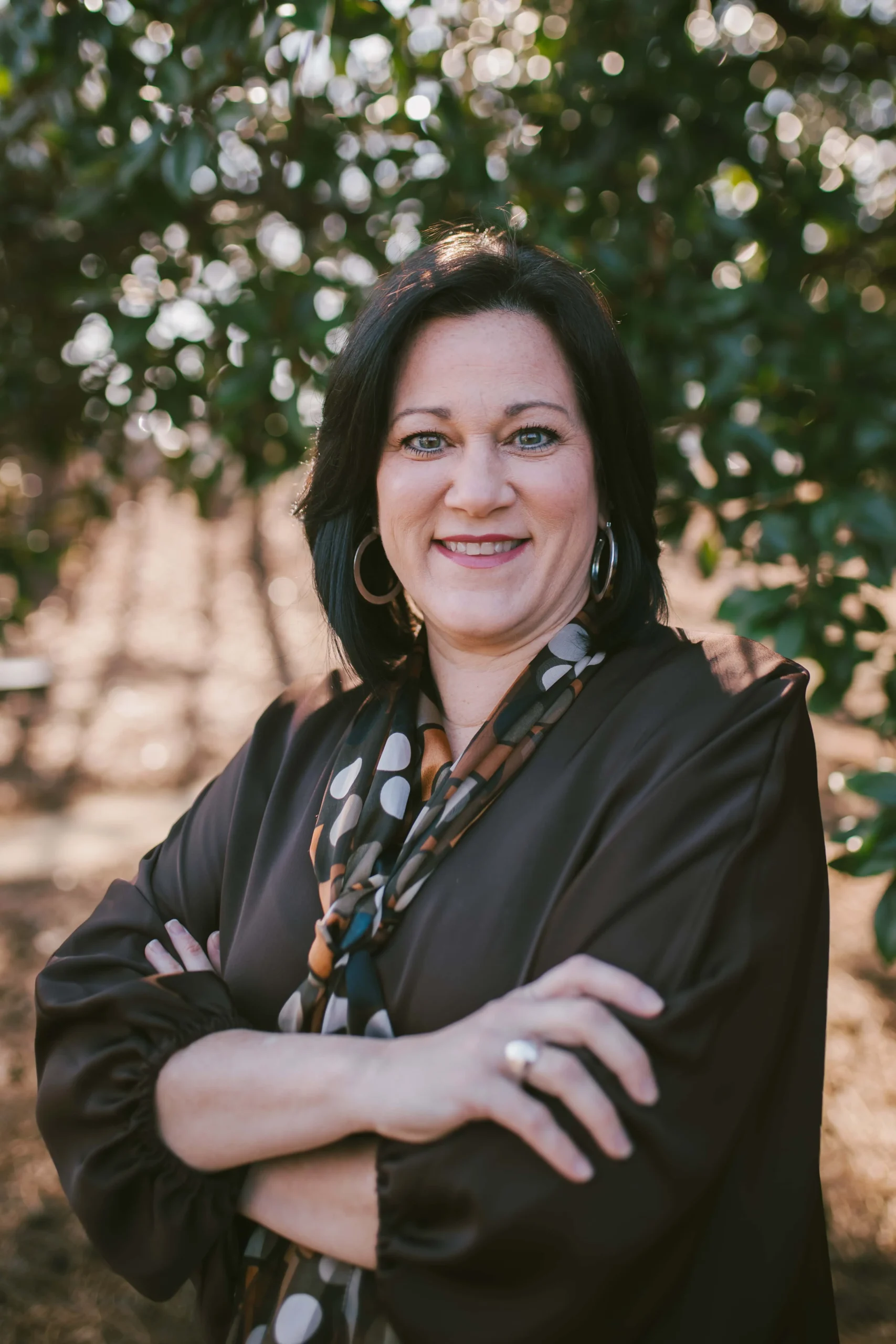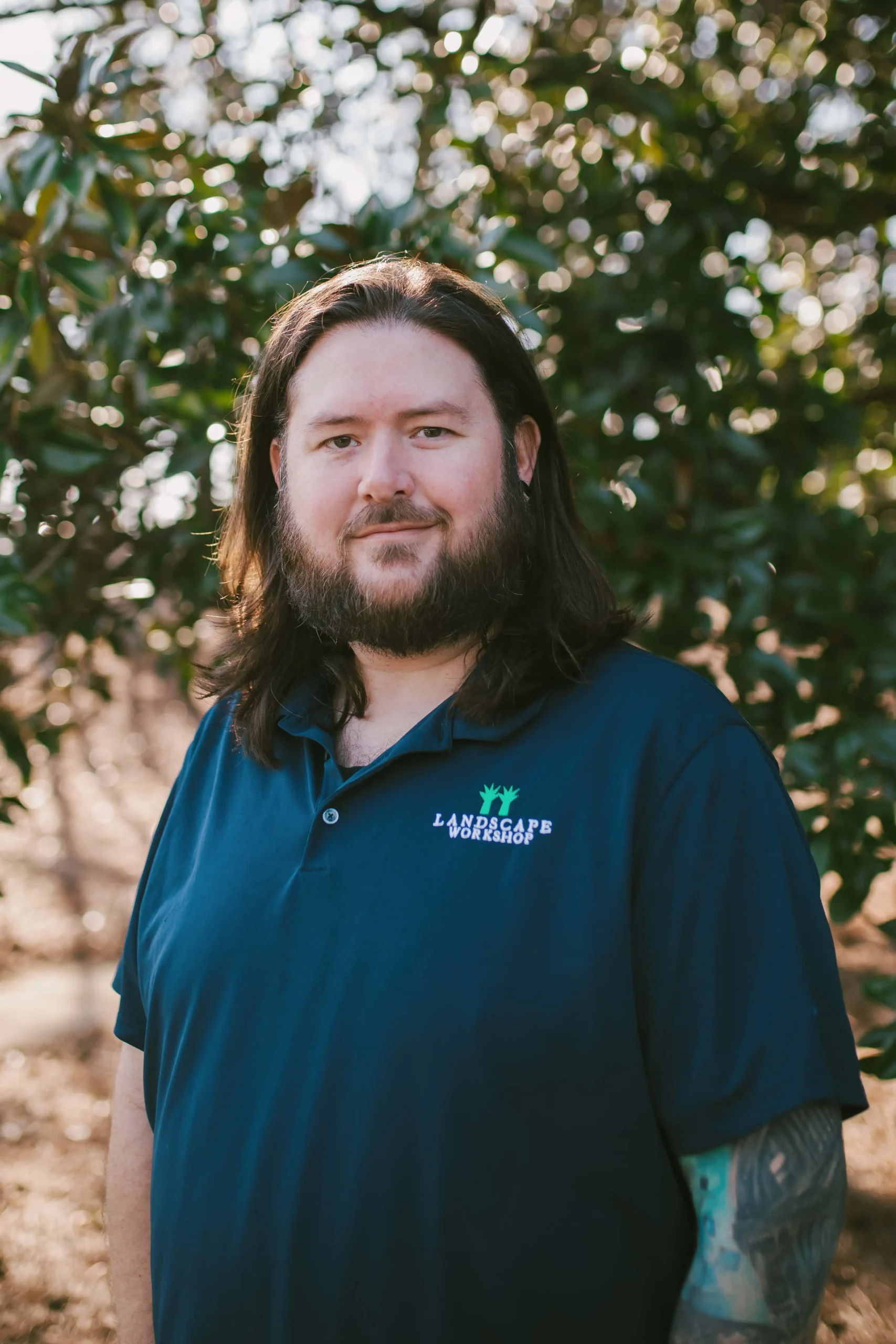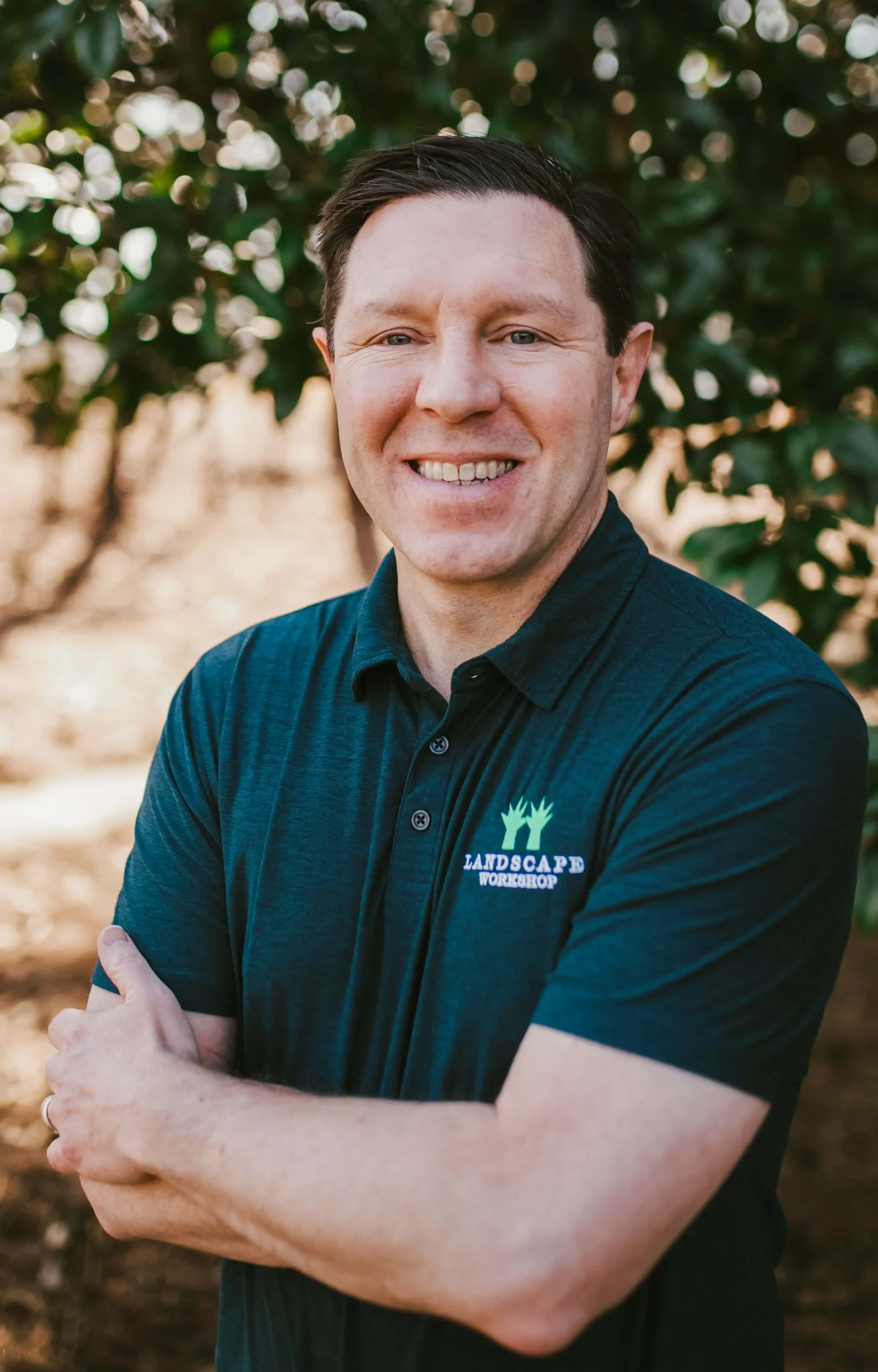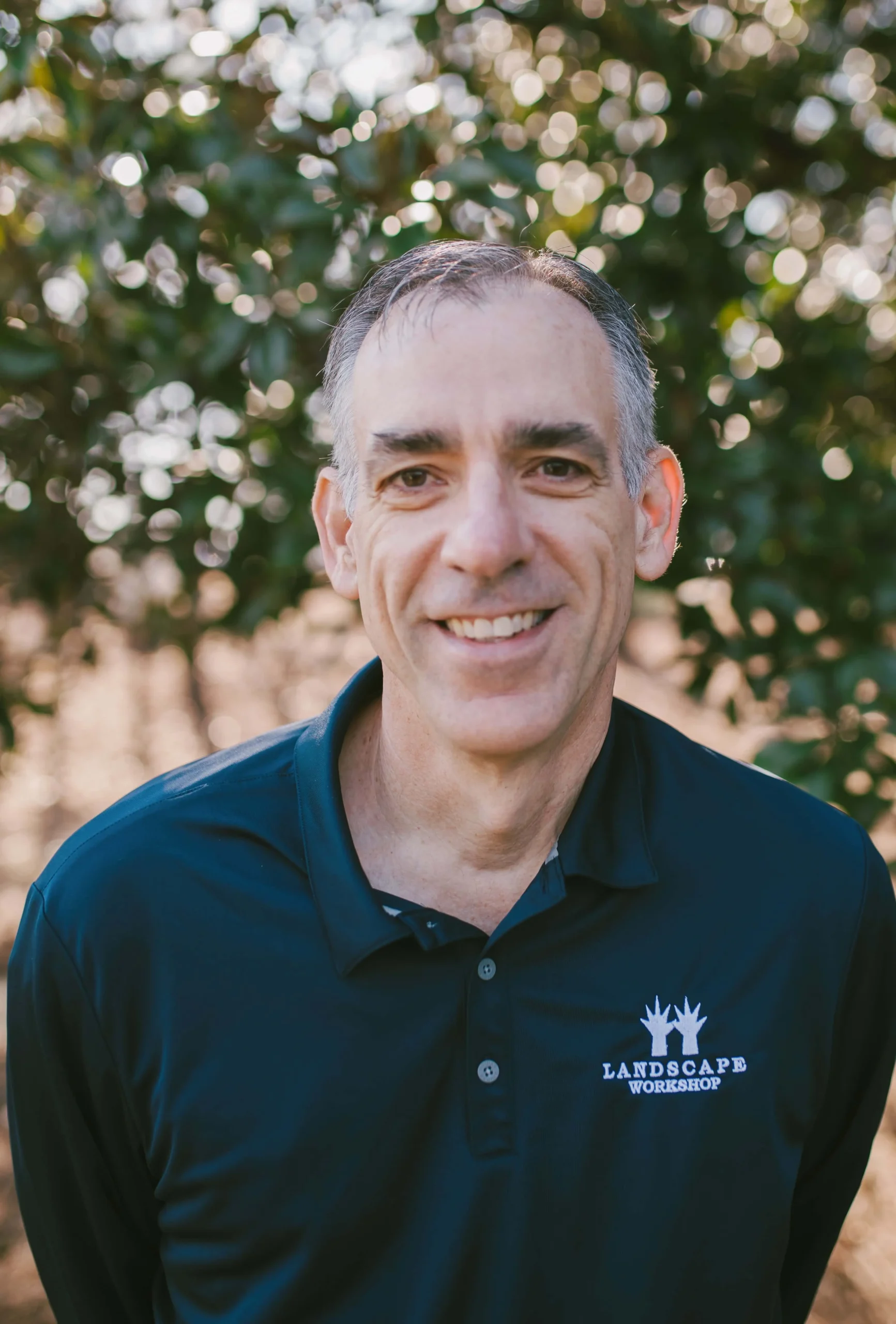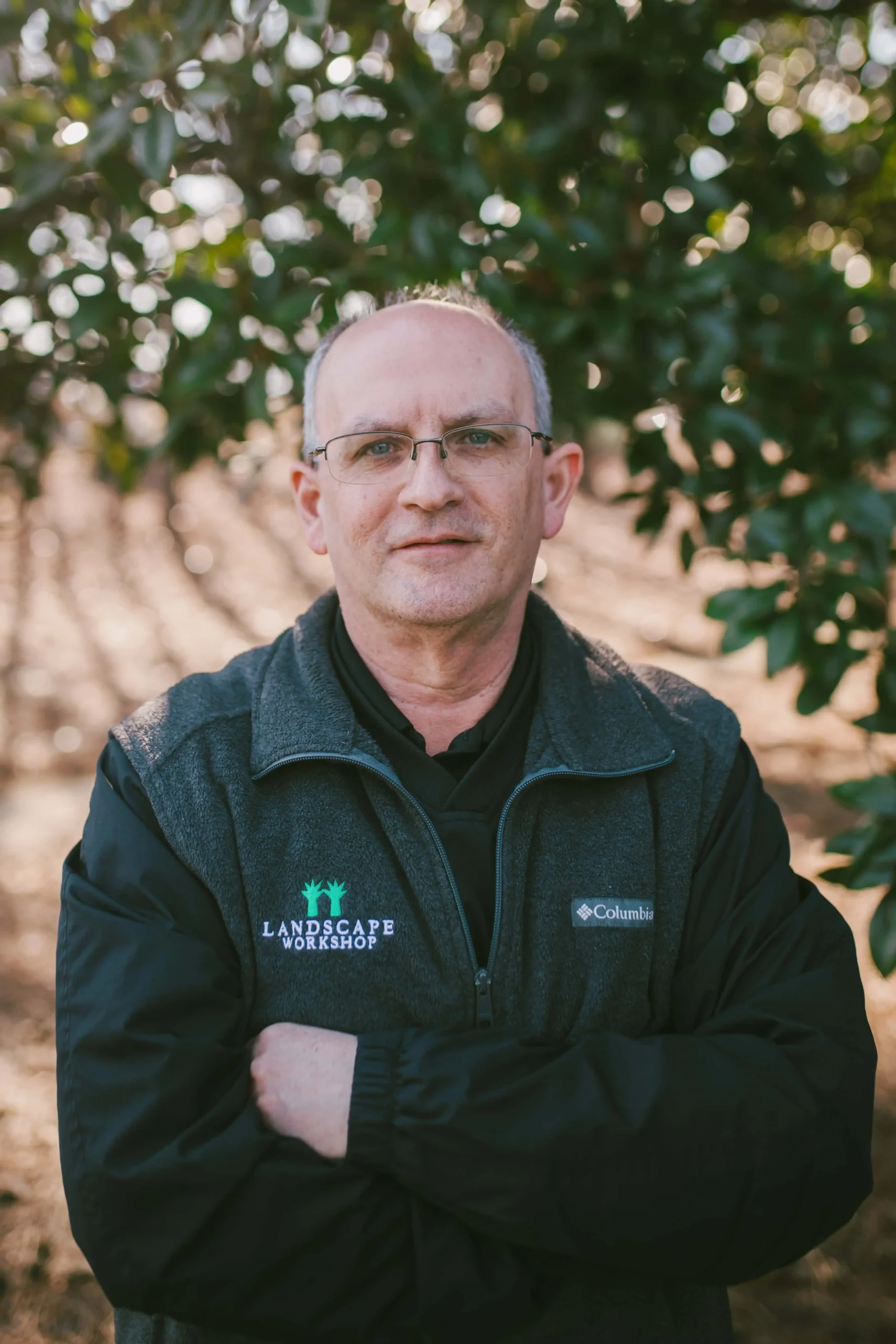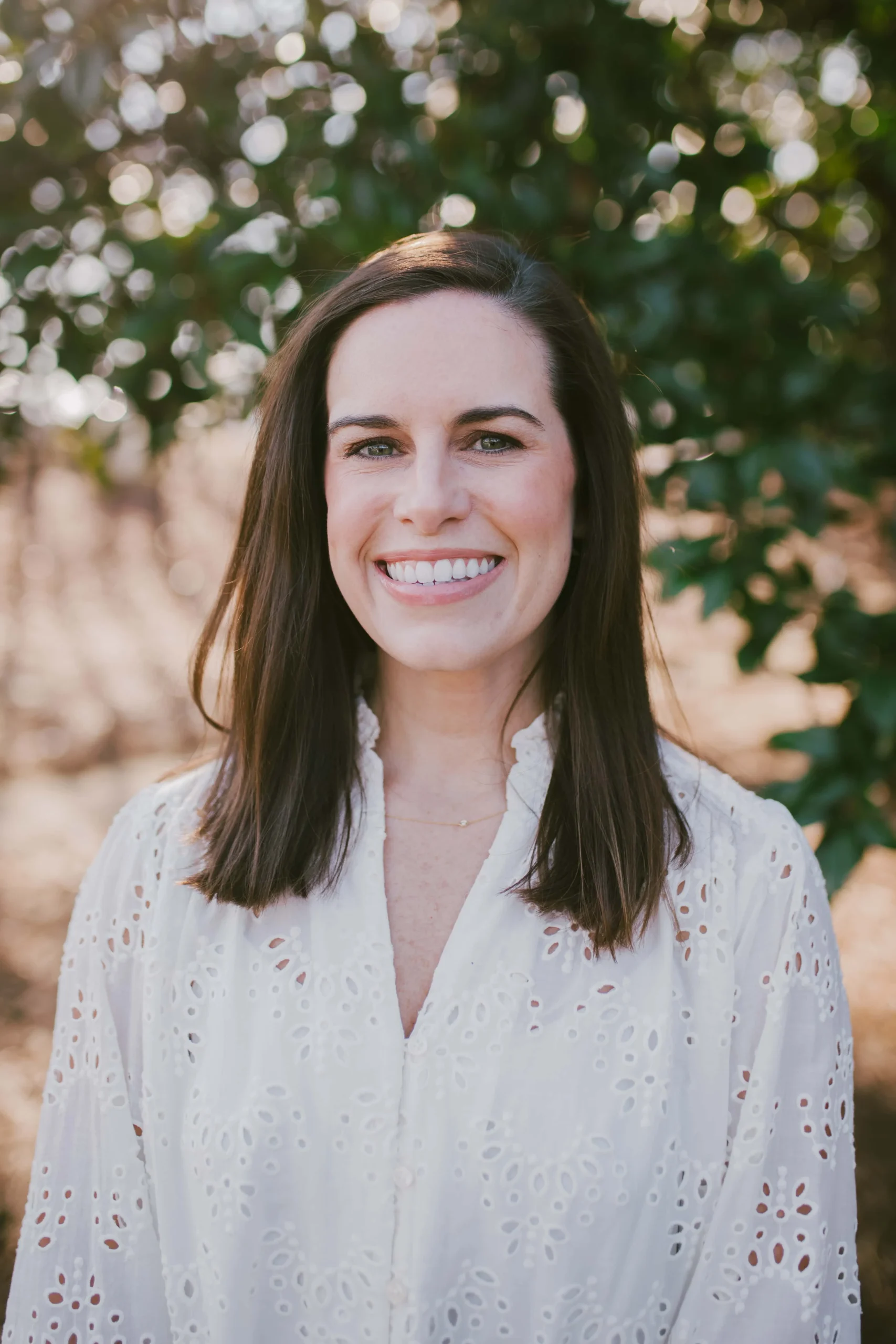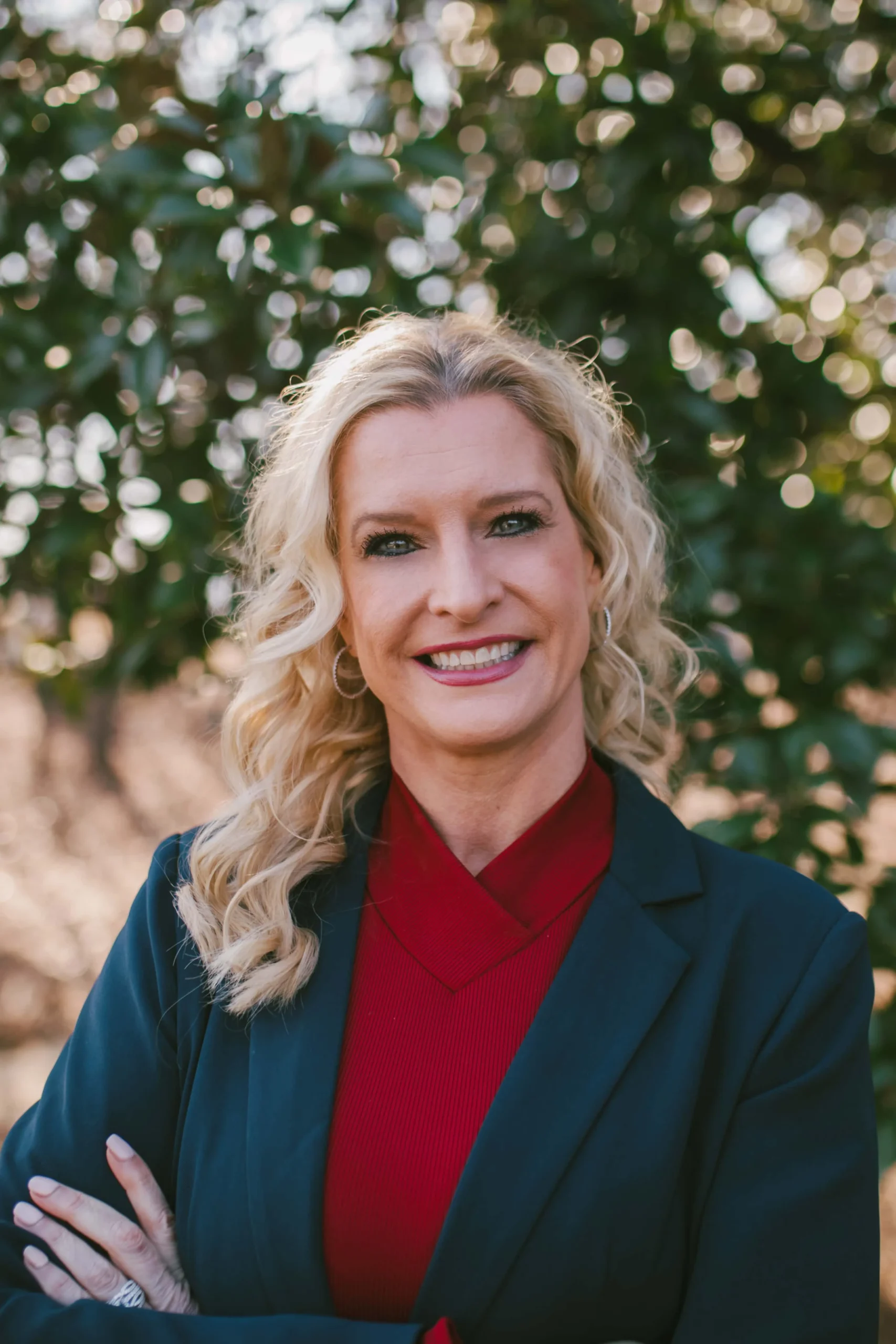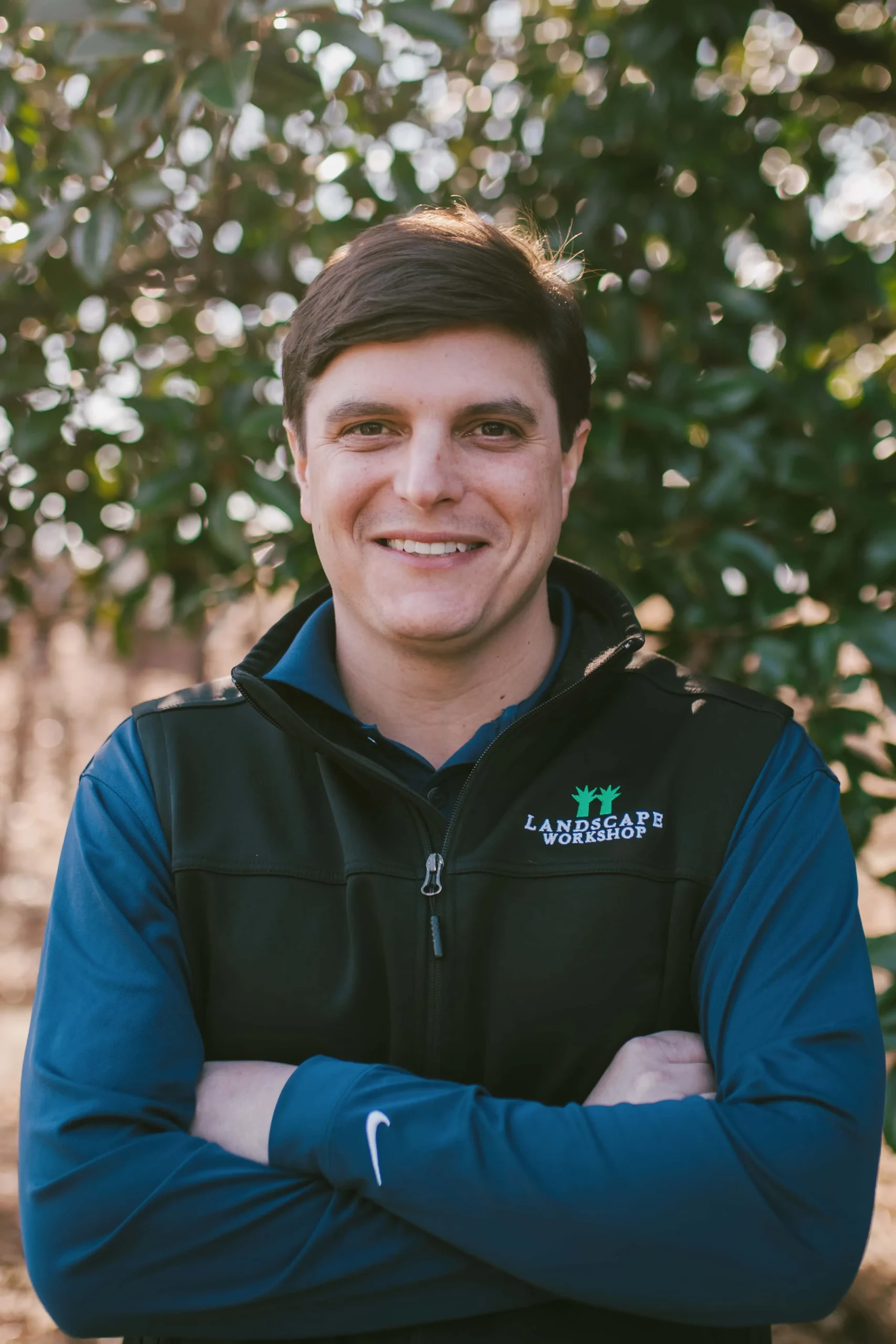Plant Selection Guide: Mistakes to Avoid
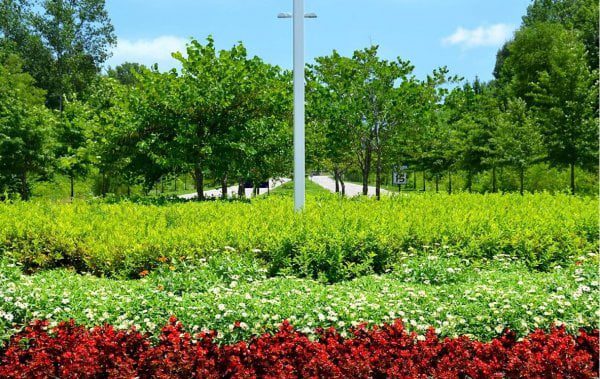

Ensuring your plants thrive is all about proper matchmaking: putting the right plant in the right place. General Manager of LW’s Huntsville Branch, Braxton Ferguson, sheds light on this common landscaping issue and how you can avoid wasting time and money on ill-fated plants. When selecting plants for your property, keep these considerations and common mistakes in mind:
Initial Considerations
Location and application are key when selecting a plant. Do you want a colorful, flowering border on your property or just something to keep the neighbor’s dog out of your yard? What are the typical sun, soil, and moisture conditions of the area? Take note of the sun/shade patterns and utilize soil tests to determine the proper plants for your project. Also, be sure to verify which plants will thrive in your climate zone by visiting the USDA’s Plant Hardiness Zone website.
Mistake #1: Ignoring Plants’ Growth Patterns
In this industry we get a lot of calls to the effect of “my bushes are out of control.” More often than not, the unruly plant is a fast-growing shrub. Eleagnus is a prime example. This main offender is often planted too close to a structure with low windows, a sidewalk, or an area that needs to be accessible. This means more pruning and labor to keep spaces functional for patrons and visitors.
LW Solution:
For hedge row applications, we recommend a Needlepoint Holly or Loropetalum. Both selections are attractive, hardy, drought tolerant, and easy to maintain at a lower height. They also take well to shearing, which maintains a neat and tidy appearance.
For border plantings AWAY from structures, Eleagnus is a suitable choice. Its rapid growth rate will fill an area and screen roadways or other unsightly views in just a few years. Alternatively, Luecothoe and Forsythia are good flowering options. These make for a nice, full buffer when planted in groups.
Mistake #2: Setting Sod up for Failure
Constant foot or vehicular traffic, deep shade, and too much water are all reasons why sod tends to fail in landscapes. When placed directly under trees with no sunlight or along curbs with heavy foot traffic, sod has little chance for survival.
LW Solution: Some varieties of sod perform better in shade than others. For example, Zoysia varieties require less direct sunlight and provide a more suitable option for shady areas than Bermudagrass. As trees grow and canopies expand, it’s a good idea to expand mulch rings to the drip line of the canopies. This will prevent sod thinning and bare dirt spots full of tree roots from forming. We love our trees, so why add more plant material to compete with the trees for nutrients and water?
Mistake #3: Planting the Wrong Trees Near a Structure
Trees are often planted 2-3 feet from parking structures and buildings, which leads to many issues as they grow. Pest intrusion, structural issues with the building, mildew, and more maintenance needs can all result.
LW Solution: When planting a tree near a building, select one with a columnar structure, like an Arborvitae or Italian Cypress. These grow in height but have a more compact growth pattern. Trees that take well to side pruning, such as Crape Myrtles, can also be used to produce shade and form a nice canopy away from the building.

